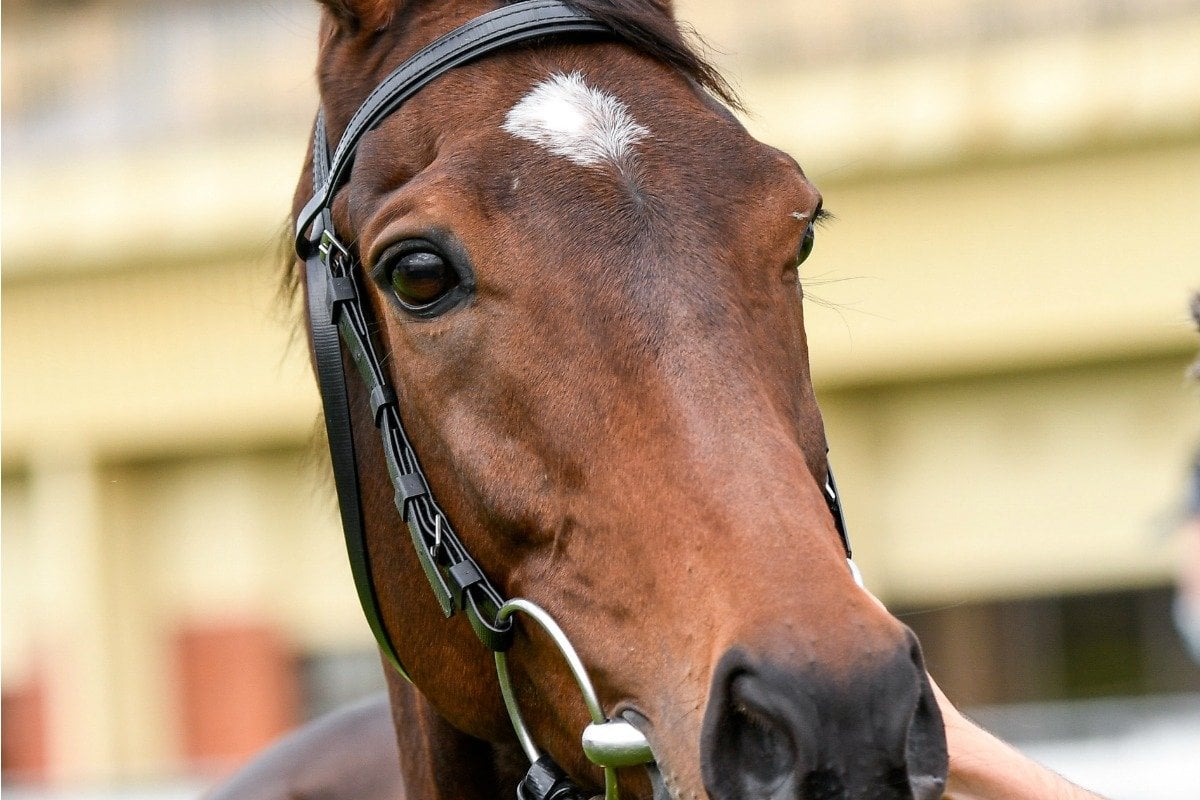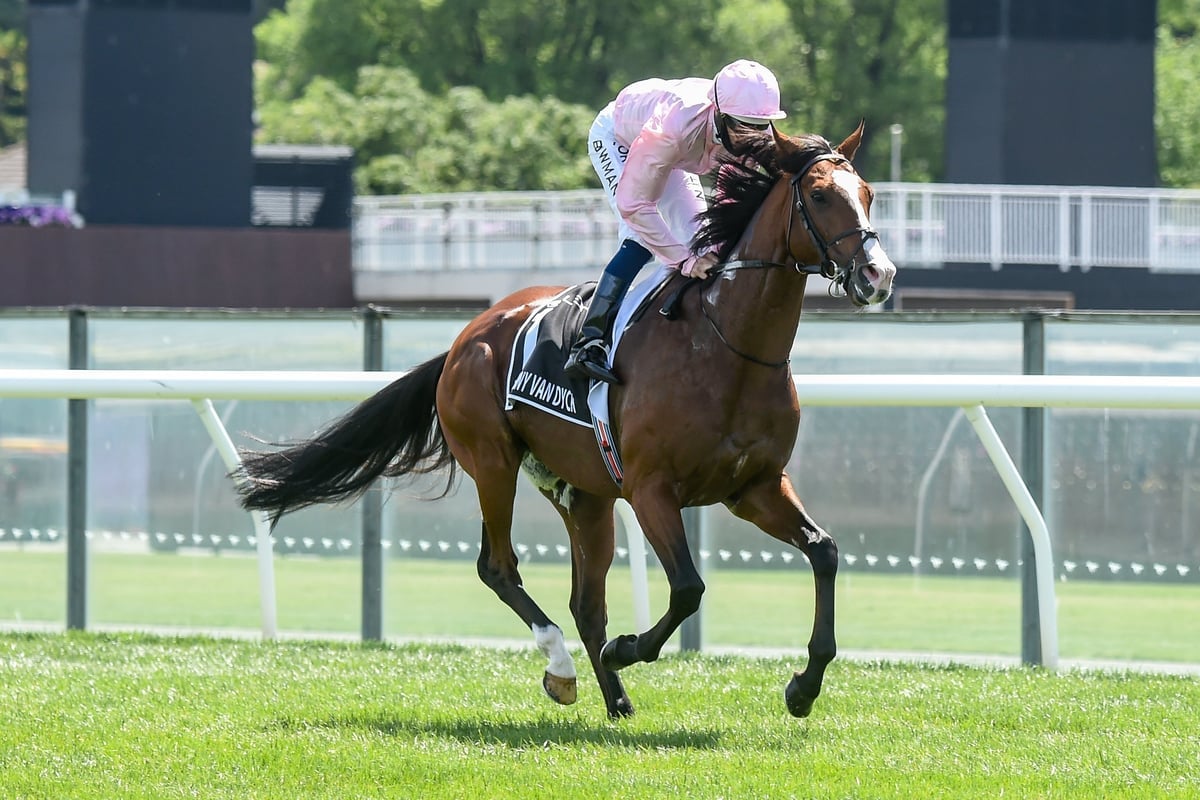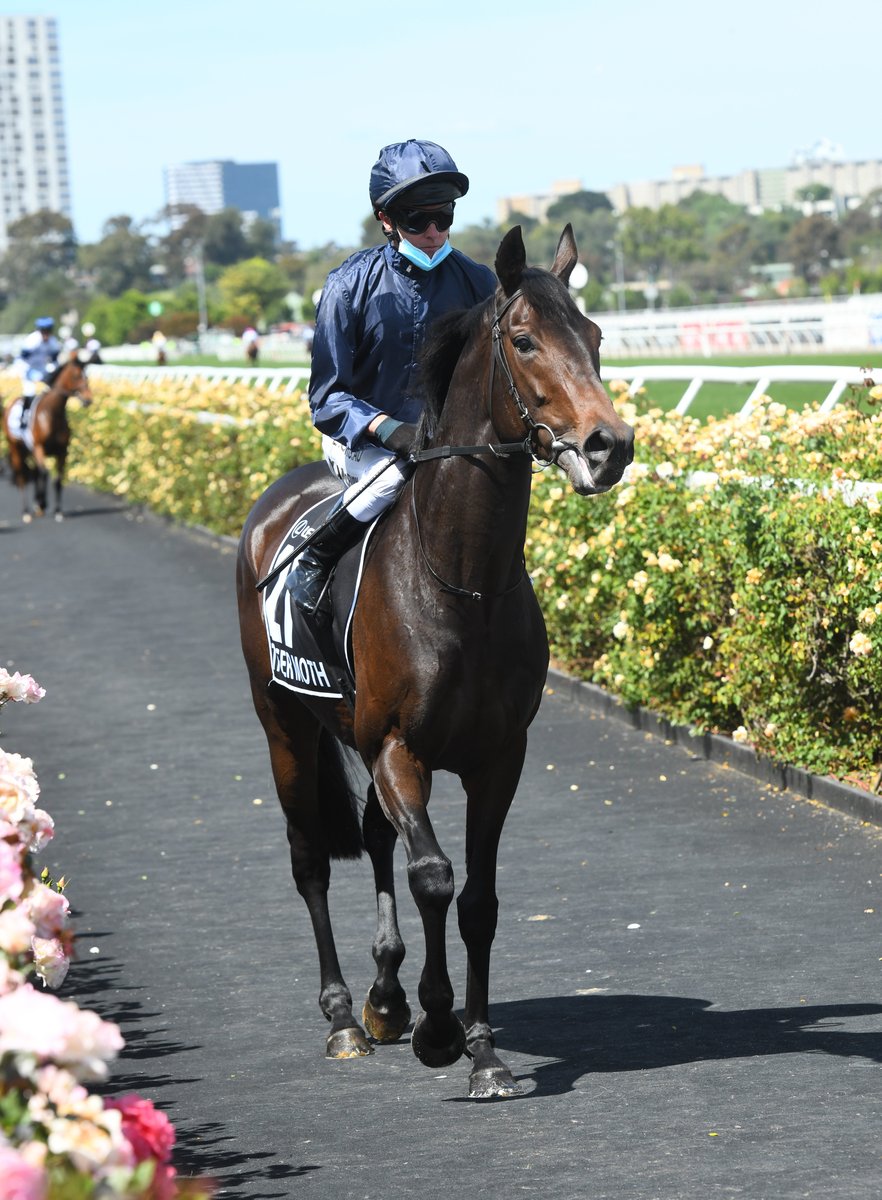
With every new year, the Melbourne Cup reels out its famous slogan: 'The race that stops the nation.'
But increasingly it does more dividing than stopping, with the 'Nup to the Cup' movement gaining momentum with every new controversy the $7.75 million dollar race throws up.
This year, once again, a horse had to be euthanised after the race, which is a storyline that's become all too familiar. A storyline we can almost predict will happen before the horses have even left the gates.
Watch the last 30 seconds of the Melbourne Cup race here. Post continues below.
Anthony Van Dyck was a firm favourite to win on Tuesday, but 400 metres in he suddenly broke down. It wasn’t immediately clear what had happened, but it looked like he had injured his leg.
Those familiar with what happens to injured horses in this sport immediately speculated that we had just witnessed the last few minutes of Anthony Van Dyck’s life.
They were right.
With a fractured fetlock, the five-year-old Irish stallion "was unable to be saved due to the nature of the injury sustained".


